French Environmental Cost (former French Ecoscore) for Apparel - The Ultimate 2025-2026 Guide
%20for%20Apparel%20-%20The%20Ultimate%202025-2026%20Guide.png)
In the journey towards a more responsible fashion industry, transparency is emerging as a powerful lever. In France, the notion of French environmental cost (formerly also called French Ecoscore) is poised to become a legally mandated label for certain products, beginning with textiles. Through a rigorous life cycle assessment (LCA) methodology, this score aims to express environmental impacts in a simple, comparable way. For brands, retailers, and consumers alike, understanding French environmental cost is no longer optional: it’s a strategic imperative.
This article will describe:
- The legal framework and the deployment timeline
- The methodology and calculation principles
- What is included (and excluded)
- Strategic reasons for early adoption
- Next steps & best practices
Let us dive in.
1. Origins & Legal Foundation of the French Environmental Cost
Context
The idea of environmental labeling was first introduced in 2009 during the Grenelle de l’Environnement, aiming to make consumers aware of the ecological impact of their purchases. It later became a key measure of the Citizens’ Climate Convention and was formally enshrined in the Climate and Resilience Act of 2021.
Following several pilot projects, a technical framework for the label was unveiled in March 2024, defining how environmental impacts would be assessed and displayed. The initiative has two main goals:
- Inform consumers with simple, comparable data on product impacts;
- Encourage companies to adopt eco-design practices and reduce their footprint.
Starting October 1, 2025, the environmental cost of textile products becomes a regulatory reality for all brands selling in France. The French Council of State has validated the texts governing environmental cost, confirming both the timeline and the methodology to be applied. For fashion and textile players, this deadline represents a major turning point in how they communicate their ecological impact and build trust with consumers.
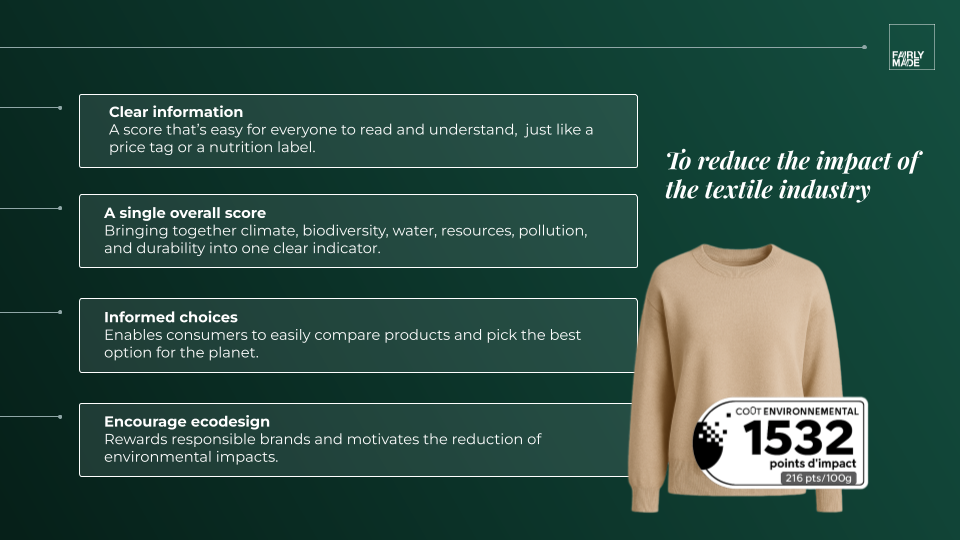
Key Dates for Environmental Cost Regulations
The new environmental labeling system is being rolled out according to a precise timeline:
- September 15, 2025: opening of the declaration portal. Brands must submit their environmental scores. Fairly Made can handle this declaration on their behalf.
- October 1, 2025: official entry into force of the scheme. From this date, products will have to display their environmental cost using the approved visual format.
- October 1, 2026: from this date, any stakeholder can calculate brands' scores (external solutions, other brands, etc. For this reason, controlling the environmental score before 2025 reduces reputational risks and avoids external calculations based on potentially inflated data.
The official graphic charter for the score has already been published, ensuring consistent and consumer-friendly presentation.

2. What Exactly Is the French Environmental Cost?
The French environmental cost is a numerical score expressed in “impact points”, designed to represent the aggregated environmental impacts of a product over its full life cycle. The lower the score, the lower the environmental cost.
Core Concept: Life Cycle Assessment (LCA) + Supplements
At the heart of the methodology is Life Cycle Assessment (LCA). The product is evaluated from raw material extraction through manufacturing, transport, use, and end-of-life. The LCA adheres to 16 environmental impact categories.
But because some impacts are underrepresented or not fully captured in classical LCA, the French method introduces adjustments beyond the base LCA. Examples include:
- Accounting for microfiber release during washing (especially relevant for textiles)
- Penalizing exporting used garments outside Europe (end-of-life leakage)
- Taking into account physical and non-physical durability
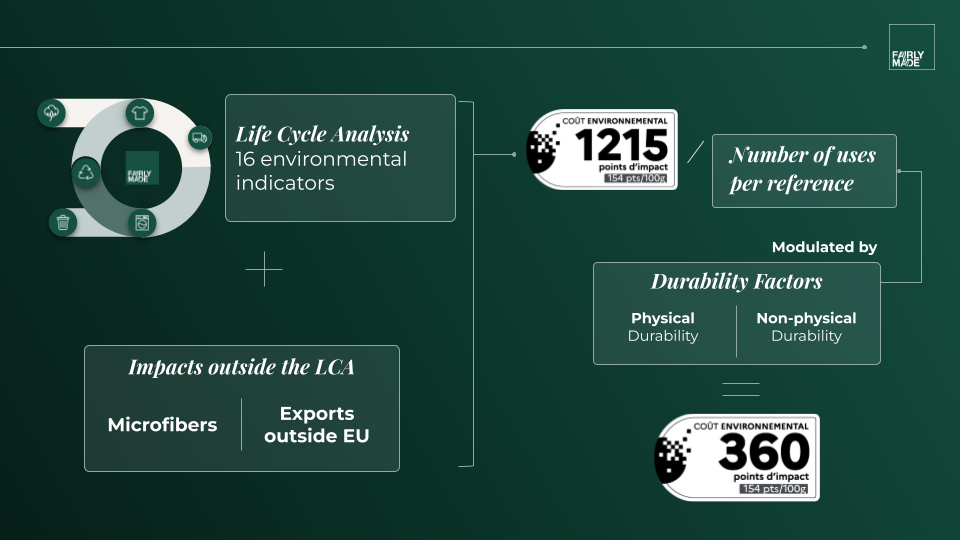
Physical and Non-Physical Durability
Two complementary notions refine the product’s service life: physical durability and non-physical durability.
These elements model both material performance and consumer behavior, factors that can either extend or reduce a garment’s lifespan.
Physical Durability
The physical durability component (assessing the actual lifespan of materials, resistance to wear, and product robustness) is not yet included in the current version of the methodology.
It is under development and will be introduced in a future update of the official framework once standardized modeling criteria are finalized.
Non-Physical Durability: Impact Outside LCA
This concept evaluates a product’s potential longevity beyond its material quality. It is based on three weighted criteria:
- Range of Products (50%)
Reflects the maximum number of different products a brand offers on the market at the same time. A wide product assortment can reduce product longevity by encouraging faster renewal cycles.
- Promotion to Repair (50%)
Measures how much a brand encourages repair through available services and pricing. The easier and more affordable the repair, the longer the product’s potential lifespan.
Thus, two identical garments (in material and manufacturing) could receive different French environmental cost scores depending on brand policies and market approaches.
How Is the Environmental Cost Score Calculated?
To transform the 16 environmental impact categories into one overall indicator, the LCA results go through three key steps. First, each impact is normalized against the footprint of an average European citizen, converting all indicators into a common unit — the “point.” Next, every category is weighted according to its relative significance and the scientific reliability of available data. Finally, the weighted results are aggregated to produce a single, comprehensive score.
In formula form:
Final score = (normalized and weighted sum of LCA impacts) + non-LCA adjustments, adjusted by durability coefficients.
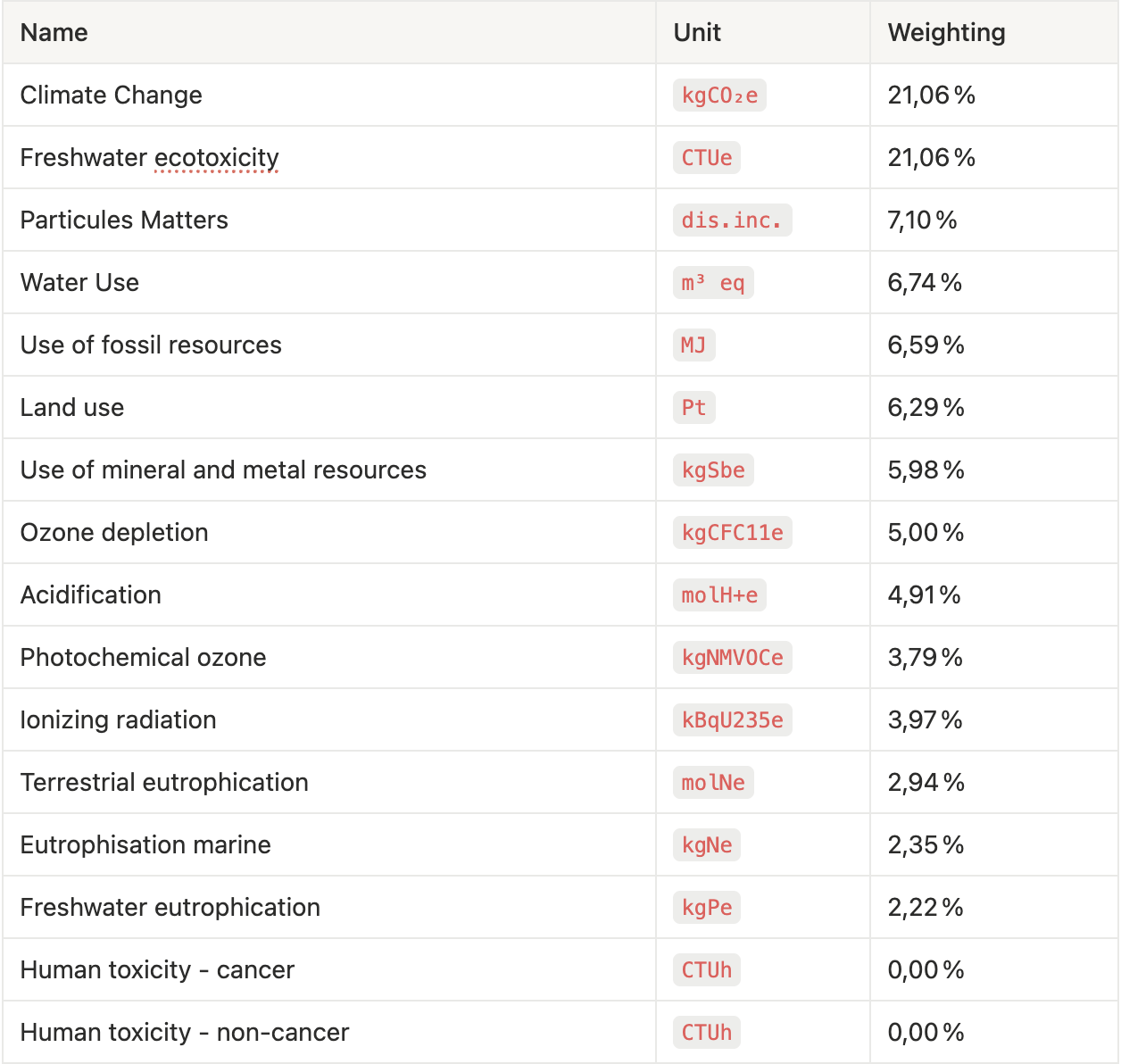
Interpretation & Display
- The global score is expressed as points of impacts
- A normalized per-100 g value is also displayed to allow size-mass comparisons
- In practice, the label must be displayed at the SKU-color level (each product variant)
In short: French environmental cost is a composite, multi-dimensional score, combining LCA, extra corrective factors, and brand-influenced durability modifiers, to yield a single, comparable indicator of environmental footprint.
3. Scope & Obligations
Initial Scope: Textile Garments
The current regulatory scope is narrowly focused on textile garments, i.e. clothing items primarily made of textile fibers, whether natural or synthetic.
Examples of covered categories include:
- Socks
- Underwear
- T-shirts, polos
- Sweaters, pullovers
- Pants, shorts
- Coats and jackets (with removable components modeled separately)
- Lot Products: For multi-item packs (e.g., socks, underwear), the environmental score must be calculated for the entire lot.
- Multi-Component Products: Each component (e.g., coat and removable lining) must be modeled separately, and the total score is obtained by summing the individual scores.
However, certain products are explicitly excluded:
- Shoes, textile accessories, leather goods, and home textiles
- Garments made of fur or leather
- Single-use clothing
- Clothes with electronic components
- Textile products containing more than 20% of materials for which no data set is available in the Base EmpreinteⓇ
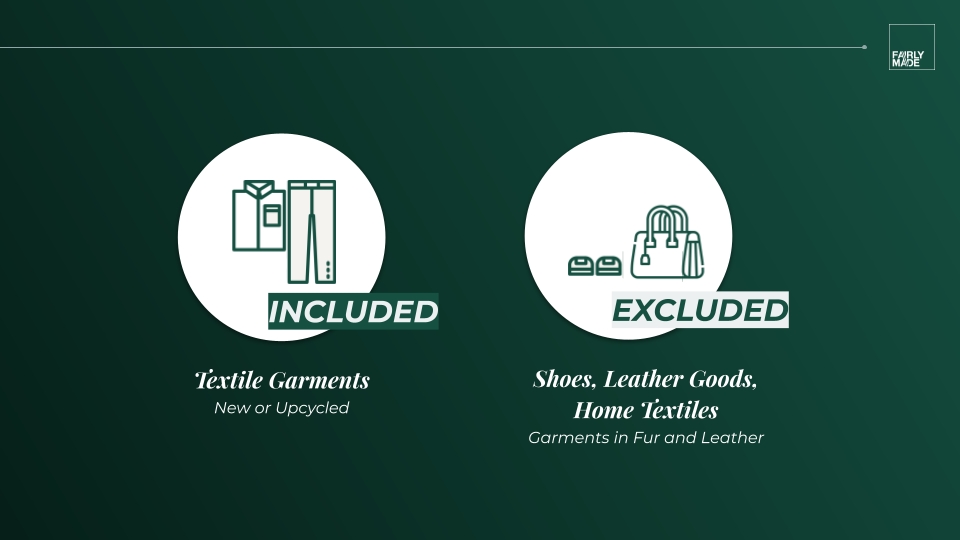
Obligations & Penalties
Although the first phase is voluntary, certain obligations already exist:
- All required data and calculation outputs must be declared via the government portal.
- If a brand uses another environmental claim or label, it must also display the official French environmental cost.
- Display rules (logo, format, per-100 g information) must follow the graphic charter.
As for sanctions, under the French consumer code, failure to comply (e.g. making environmental claims without displaying the official cost) may expose:
- Up to €3,000 for natural persons
- Up to €15,000 for legal persons
- (This reflects similar structures in French consumer law).
4. Why Brands Should Adopt Early: Strategic & Competitive Arguments
Managing Reputation & Controlling the Narrative
If brands delay, they risk others computing a French environmental cost based on default parameters (which tend to be conservative, hence less favorable). By computing and publishing your own scores, you maintain narrative control and avoid being misrepresented.
Anticipating Regulation & Avoiding Last-Minute Rush
Because the French framework is likely a bellwether for broader European labeling (e.g. via the Digital Product Passport, and sustainability claims), early adoption helps brands structure processes, collect data, and avoid scrambling when obligations become mandatory.
Encouraging Internal Improvement & Eco-Design
Computing the former French Ecoscore forces brands to examine their supply chains, material choices, transport modes, and product life cycle—highlighting hotspots and opportunities for improvement. Over time, scores can drive design optimization, material substitution, and process innovation.
Marketing & Differentiation
Displaying a lower French environmental cost (i.e. lower impact) can appeal to conscious consumers, especially as awareness grows. It becomes a differentiator in a crowded marketplace.
In sum: adopting it now is not just compliance: it’s a strategic investment.
5. Best Practices for Brands Preparing for French Environmental Cost
If you are a brand preparing to comply, here are some actionable steps:
1. Collect Accurate Supply Chain Data
Ensure all input data, from raw materials to production processes, is complete, reliable, and up to date thanks to accurate traceability. Missing or default data can lead to inflated environmental scores or inaccurate representations of your product’s impact.
2. Automate and Centralize Data
Use a centralized system and a trusted third party to collect supplier data, calculate scores, and submit them via the official portal. Automation reduces errors and streamlines compliance across multiple product lines.
3. Use Standardized Methodologies
Follow the official Life Cycle Assessment (LCA) framework. Aligning with these standards ensures that your score is consistent, credible, and comparable across products and categories.
4. Plan Early for Voluntary Reporting
Start calculating and displaying your scores before other stakeholders can do it for you. Early adoption allows you to control your messaging, prepare internal processes, and demonstrate transparency to consumers and stakeholders.
5. Ensure Transparent Communication
Present your score clearly through digital platforms or QR codes. Beyond compliance, transparency builds trust and helps customers make informed choices without ambiguity.
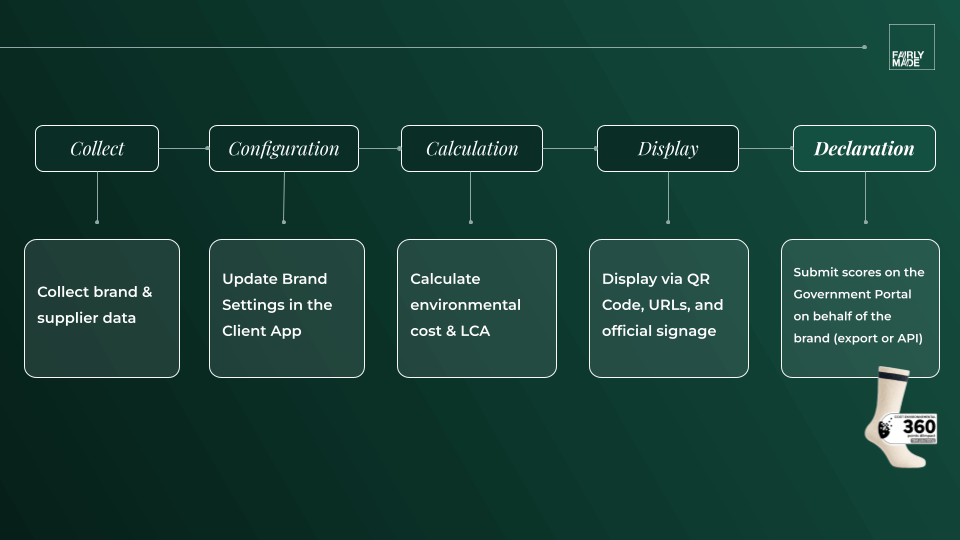
Why Start Now
The introduction of the French environmental cost marks a turning point in product transparency and sustainability regulation in France. It embodies a vision of a future where every garment carries a clear, scientifically grounded environmental footprint, much like price tags reflect financial cost.
For brands, this is not just about compliance: it’s an opportunity to lead, differentiate, and embed sustainability into product design and strategy. The window for thoughtful preparation is narrow: from 1 October 2025 to October 2026, only brands will be allowed to publish their scores. After that, external evaluators may calculate and assign scores to products independently.
Mastering the French environmental cost framework early allows brands to safeguard their reputation, enhance their environmental performance, and gain a competitive edge as consumer expectations for transparency continue to rise. It also means taking a head start on future regulations by developing structured internal projects around data, traceability, and impact measurement.
Fairly Made, leader in French environmental cost measurement for fashion:
With over 60% of products officially declared through our platform, Fairly Made is the leading solution for measuring the environmental cost of fashion products. This milestone demonstrates our ability to help brands understand, reduce, and manage their environmental cost, turning sustainability into actionable insights.




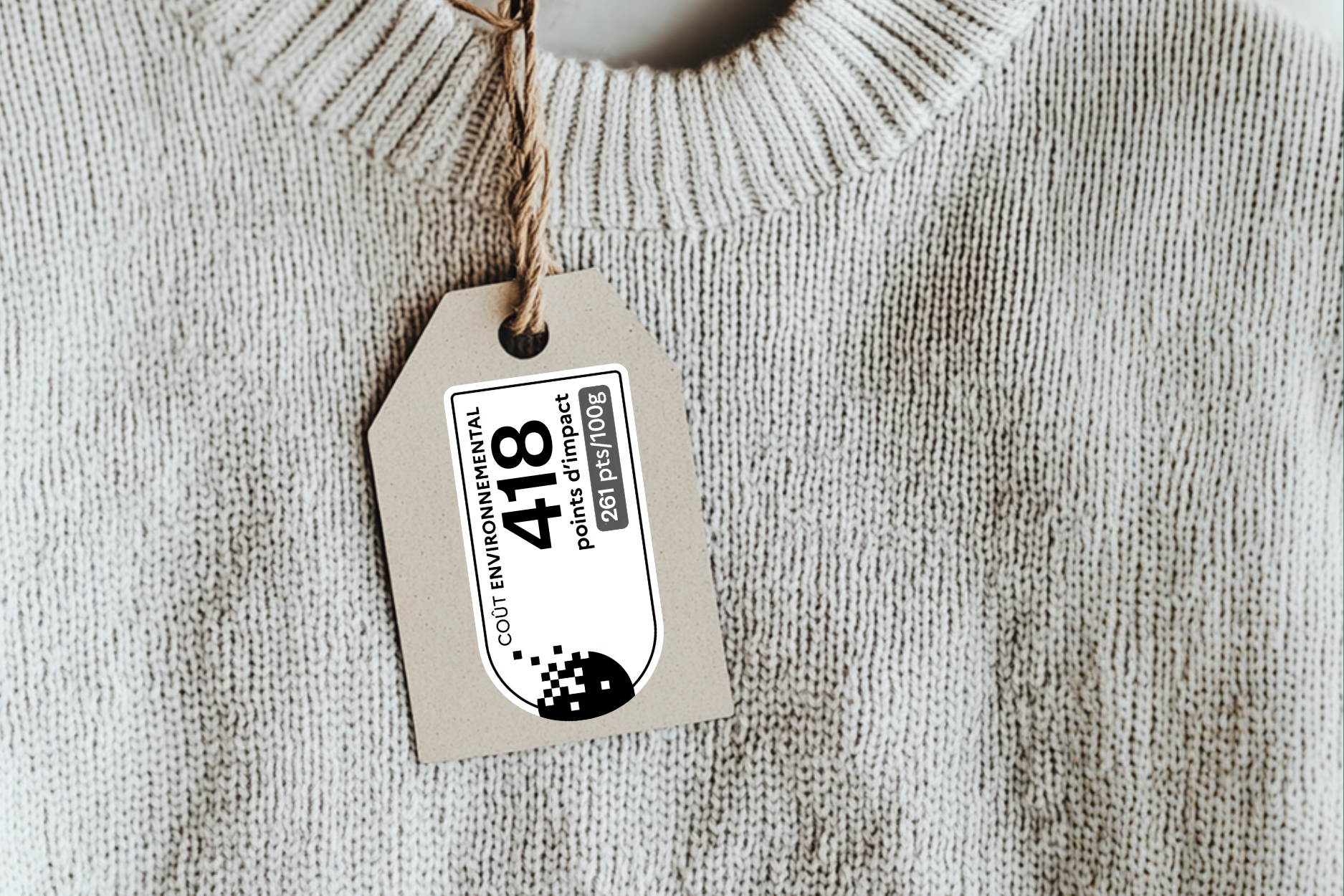
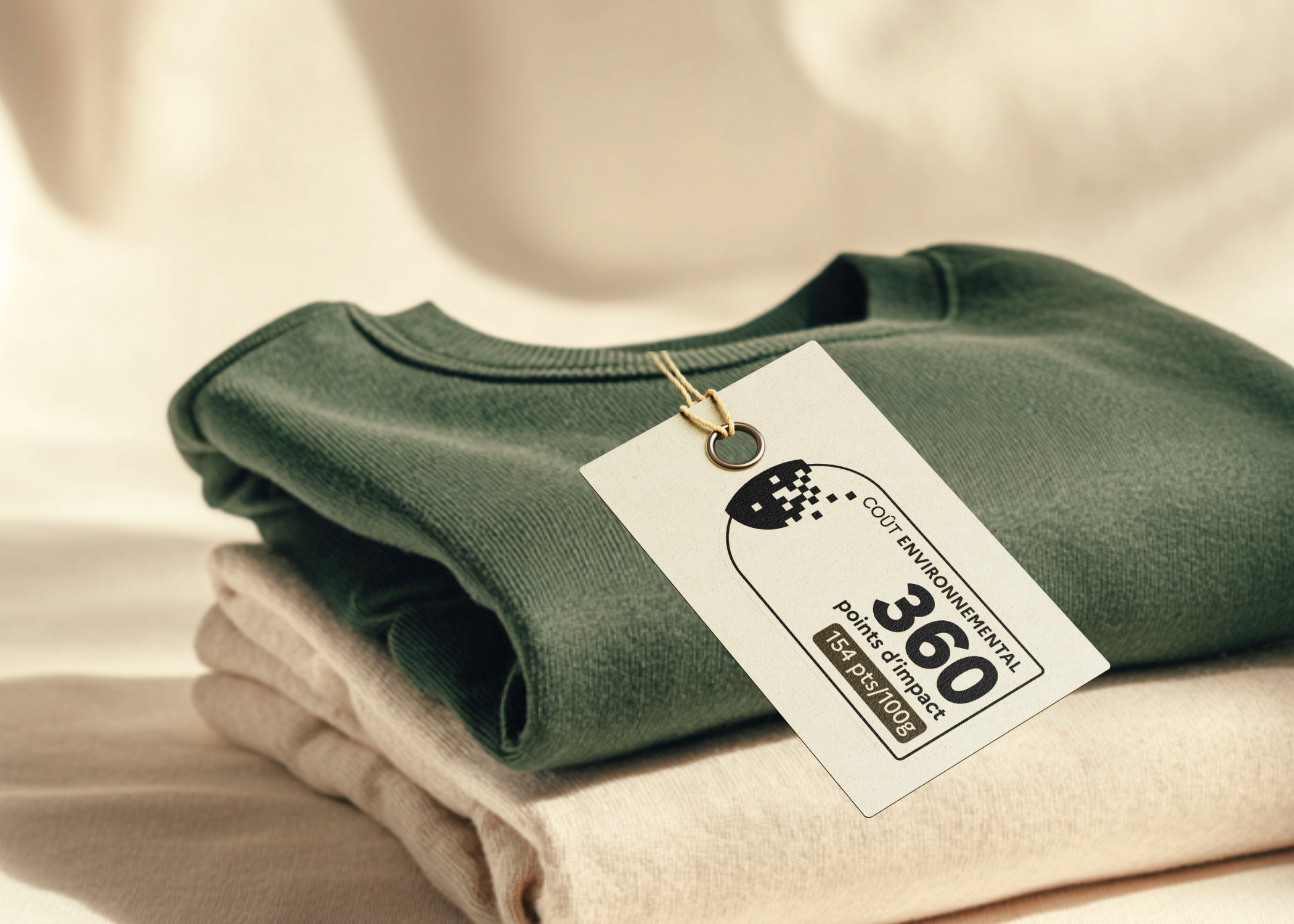
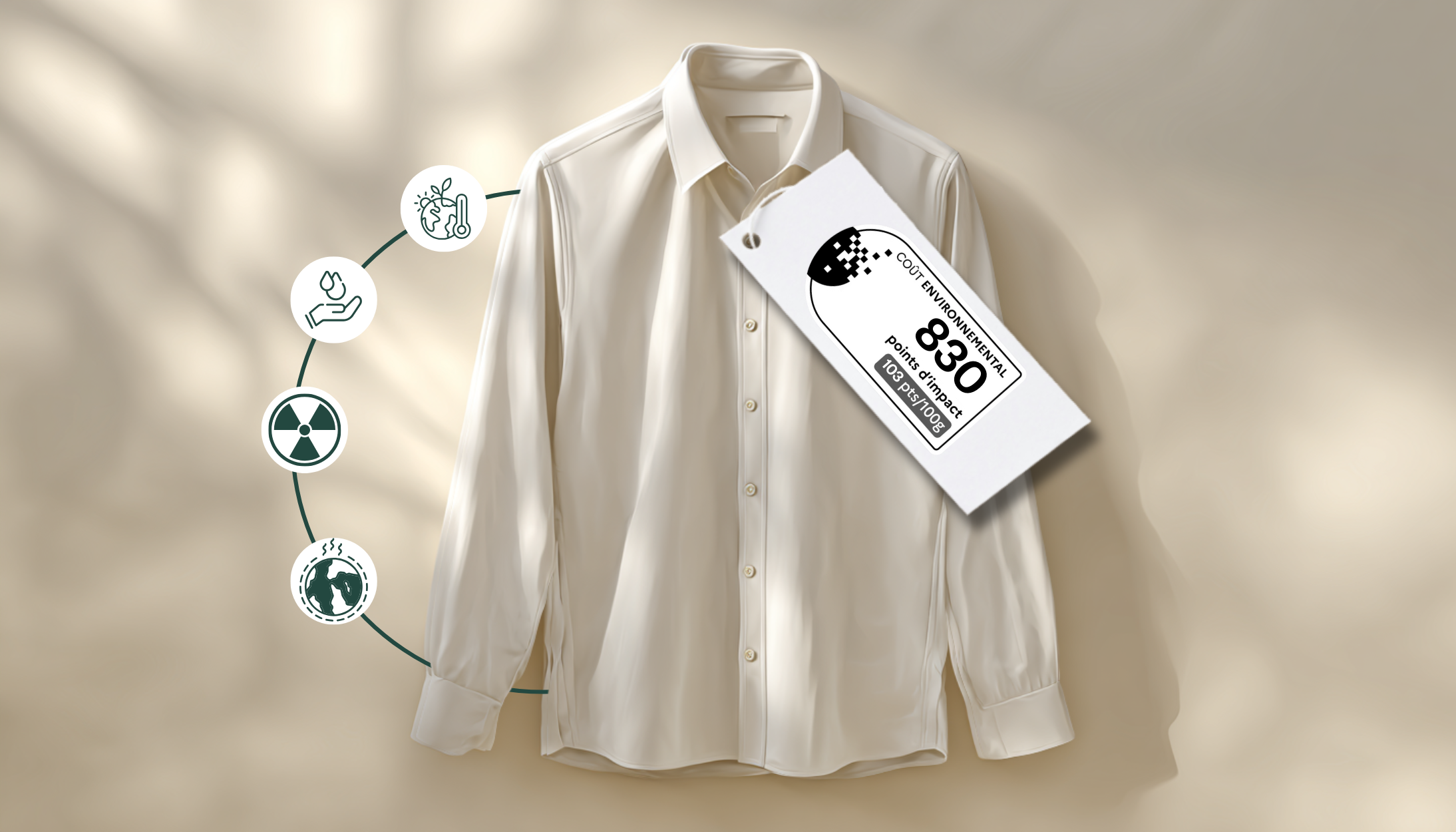


.png)











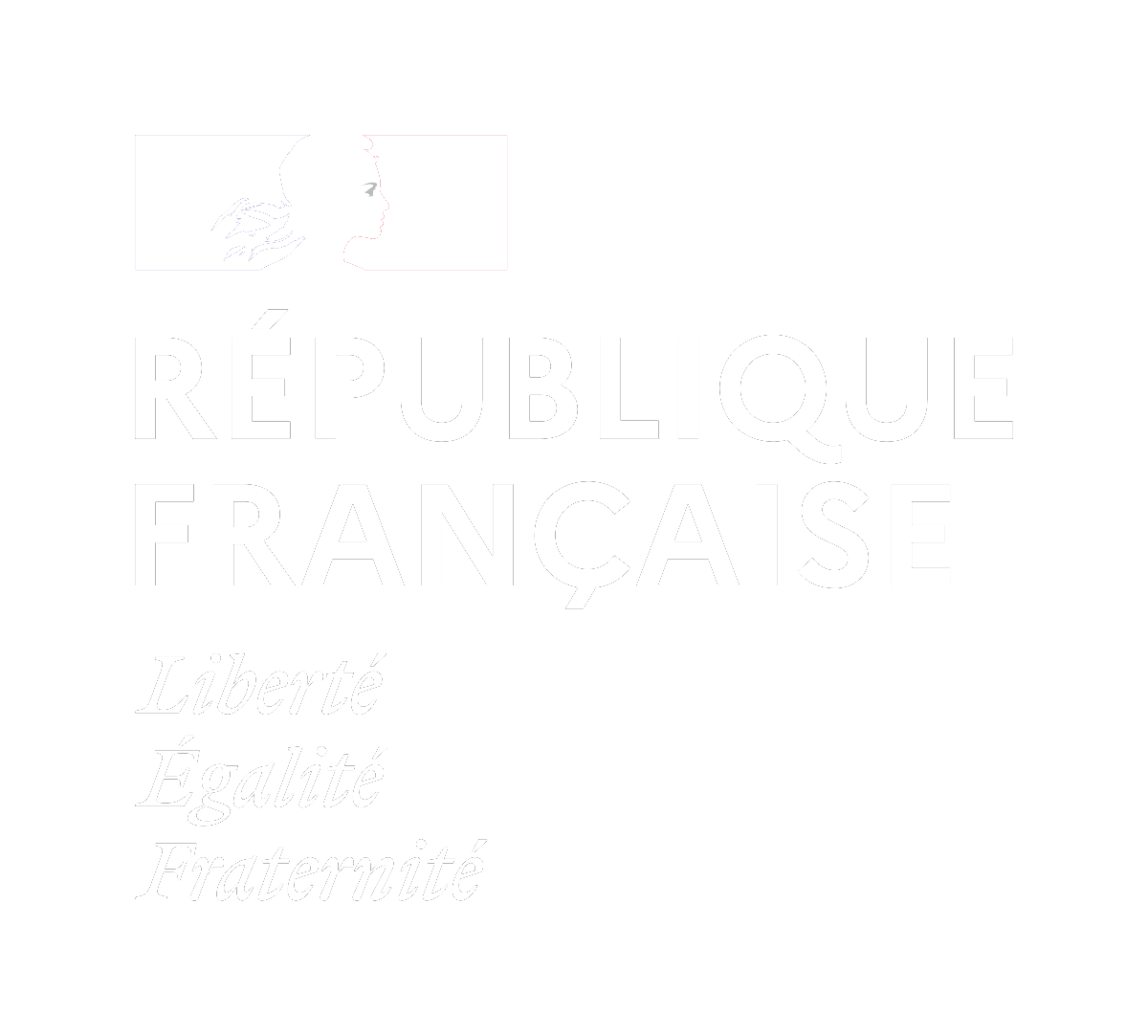
.png)
.svg)